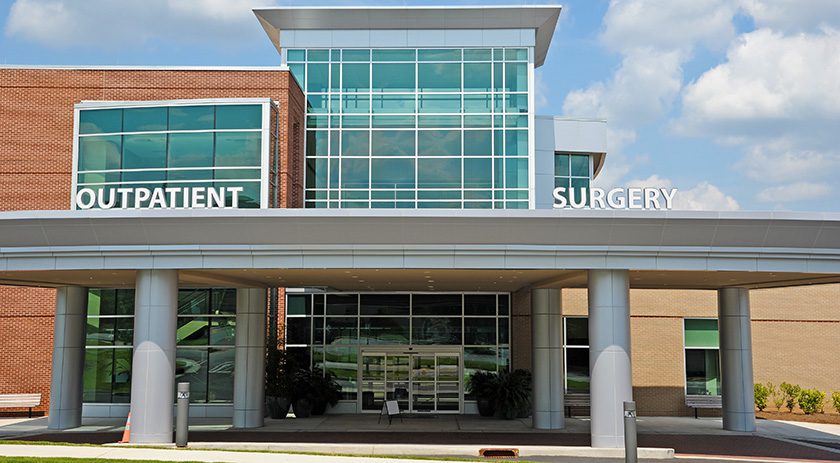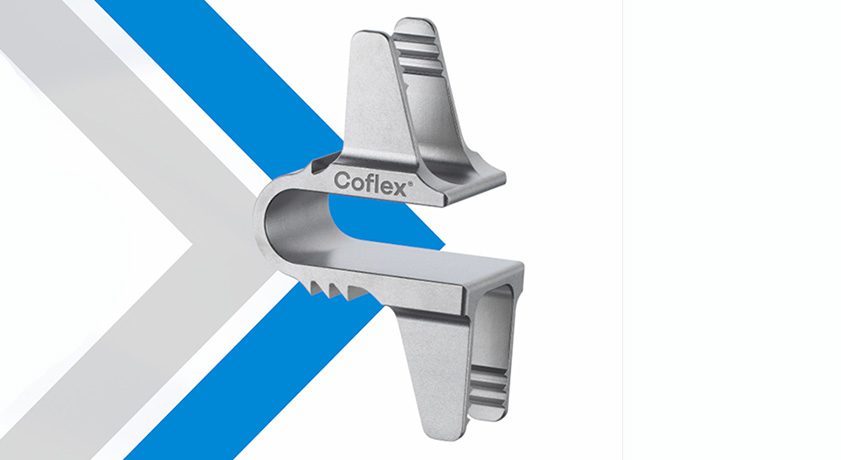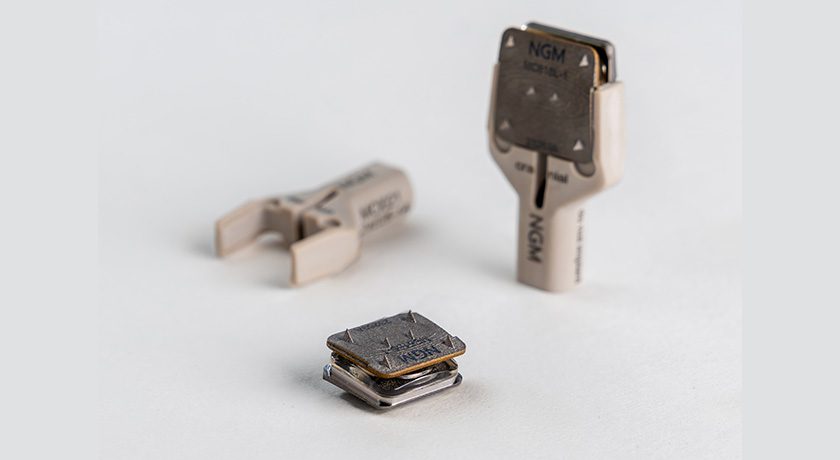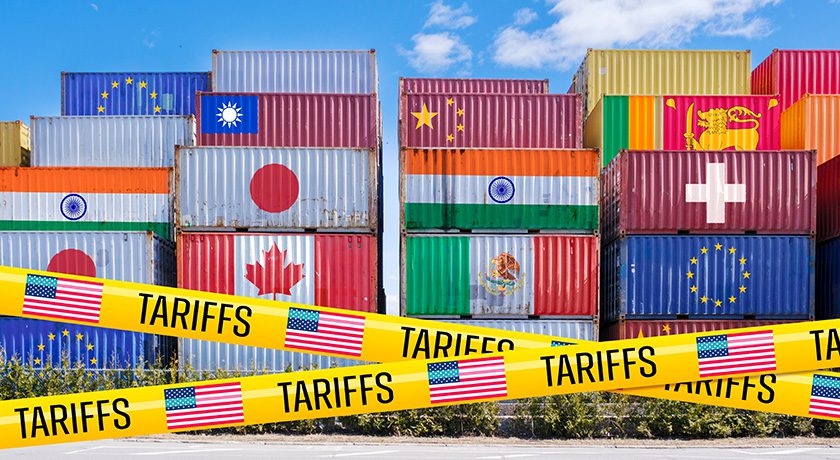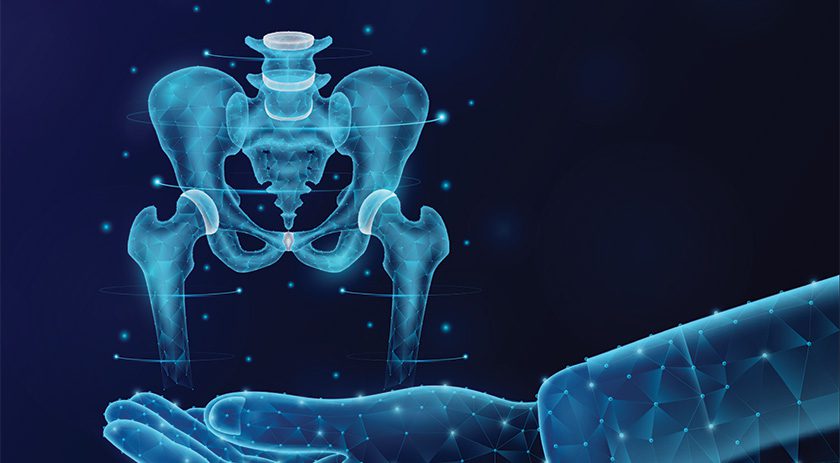

 Copy to clipboard
Copy to clipboard 
KICVentures Group, the investment holding company with majority ownership in both Inspan and Sacrix, announced the merging of the two entities as of July 1, 2022. The resulting company is now Insrix.
Inspan is focused on advancing its platform of interspinous interlaminar fixation technology to treat degenerative spinal stenosis and fuse the spine without interbody cages and pedicle screws, while Sacrix has developed percutaneous fluoroscopic lateral-oblique sacroiliac joint fusion technologies for the treatment of sacroiliac dysfunction and sacroiliitis, such as the SacroFuse threaded compression device.
KICVentures sees this merger as necessary to increase efficiency in the outpatient ambulatory surgery center (ASC) market for doctors who treat degenerative spine disease such as spinal stenosis and sacroiliac disease.
Inspan has generated over $23 million in revenues from its main product line of Inspan interspinous-interlaminar fixation devices which have a 10+ year clinical track record. The Inspan Slim device is designed to better fit at L5-S1, and the Inspan Vega device is designed with more robust features plus holes in the footplate for stronger fixation such as in heavy patients and for the unstable spine such as for spondylolisthesis. In 2019, Inspan expanded its customer base beyond orthopedic spine surgeons and neurosurgeons to add interventional pain management doctors (primarily anesthesia pain and physical medicine), and rehabilitation doctors who operate in outpatient ASCs.
Also in 2019, Sacrix expanded its customer base exactly as Inspan did and so the same doctors were being trained on both Inspan and Sacrix as a platform for outpatient surgery. Both Inspan and Sacrix improved the efficiency of their technique and reduced the number of steps and instruments to align with the outpatient setting and to make it easier for pain doctors.
Of note, the first-generation Sacrix Sacrofuse implant was compared head-to-head with that of SI-BONE and found to have a 400% increase in pull-out strength.
The immediate goal of the new company, Insrix, is to hire a Chief Executive Officer with experience in public markets to lead and build a new executive and sales team to grow the revenues and prepare the company for an exit.
“Inspan and Sacrix have grown recurring revenues and adoption year over year since 2019 to the same customers. The time is appropriate to combine the two and bring in experienced executive leadership that can raise capital and scale the company quickly,” said KICVentures Co-Founder and CFO Aditya Humad.
The combined entity is expected to have greater impact starting 2023, when it is expected that sacroiliac joint companies that place a wedge inside the joint posteriorly will see a new Category III T-code assigned, which will negatively affect insurance reimbursement for posterior wedges. Inspan is also expecting to see more doctors treating spinal stenosis in the outpatient ASC.
Source: KICVentures
KICVentures Group, the investment holding company with majority ownership in both Inspan and Sacrix, announced the merging of the two entities as of July 1, 2022. The resulting company is now Insrix.
Inspan is focused on advancing its platform of interspinous interlaminar fixation technology to treat degenerative spinal stenosis and fuse...
KICVentures Group, the investment holding company with majority ownership in both Inspan and Sacrix, announced the merging of the two entities as of July 1, 2022. The resulting company is now Insrix.
Inspan is focused on advancing its platform of interspinous interlaminar fixation technology to treat degenerative spinal stenosis and fuse the spine without interbody cages and pedicle screws, while Sacrix has developed percutaneous fluoroscopic lateral-oblique sacroiliac joint fusion technologies for the treatment of sacroiliac dysfunction and sacroiliitis, such as the SacroFuse threaded compression device.
KICVentures sees this merger as necessary to increase efficiency in the outpatient ambulatory surgery center (ASC) market for doctors who treat degenerative spine disease such as spinal stenosis and sacroiliac disease.
Inspan has generated over $23 million in revenues from its main product line of Inspan interspinous-interlaminar fixation devices which have a 10+ year clinical track record. The Inspan Slim device is designed to better fit at L5-S1, and the Inspan Vega device is designed with more robust features plus holes in the footplate for stronger fixation such as in heavy patients and for the unstable spine such as for spondylolisthesis. In 2019, Inspan expanded its customer base beyond orthopedic spine surgeons and neurosurgeons to add interventional pain management doctors (primarily anesthesia pain and physical medicine), and rehabilitation doctors who operate in outpatient ASCs.
Also in 2019, Sacrix expanded its customer base exactly as Inspan did and so the same doctors were being trained on both Inspan and Sacrix as a platform for outpatient surgery. Both Inspan and Sacrix improved the efficiency of their technique and reduced the number of steps and instruments to align with the outpatient setting and to make it easier for pain doctors.
Of note, the first-generation Sacrix Sacrofuse implant was compared head-to-head with that of SI-BONE and found to have a 400% increase in pull-out strength.
The immediate goal of the new company, Insrix, is to hire a Chief Executive Officer with experience in public markets to lead and build a new executive and sales team to grow the revenues and prepare the company for an exit.
“Inspan and Sacrix have grown recurring revenues and adoption year over year since 2019 to the same customers. The time is appropriate to combine the two and bring in experienced executive leadership that can raise capital and scale the company quickly,” said KICVentures Co-Founder and CFO Aditya Humad.
The combined entity is expected to have greater impact starting 2023, when it is expected that sacroiliac joint companies that place a wedge inside the joint posteriorly will see a new Category III T-code assigned, which will negatively affect insurance reimbursement for posterior wedges. Inspan is also expecting to see more doctors treating spinal stenosis in the outpatient ASC.
Source: KICVentures

You are out of free articles for this month
Subscribe as a Guest for $0 and unlock a total of 5 articles per month.
You are out of five articles for this month
Subscribe as an Executive Member for access to unlimited articles, THE ORTHOPAEDIC INDUSTRY ANNUAL REPORT and more.
JV
Julie Vetalice is ORTHOWORLD's Editorial Assistant. She has covered the orthopedic industry for over 20 years, having joined the company in 1999.


